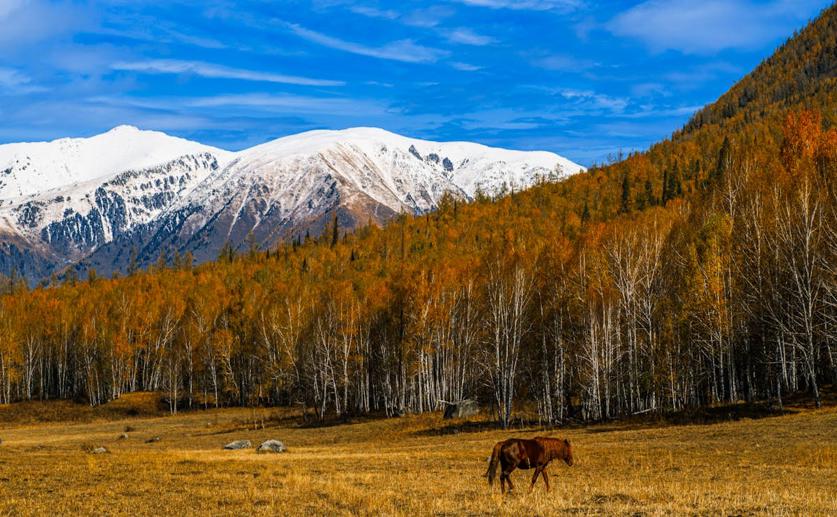
Genetic Diversity and Selection Patterns in Icelandic and Exmoor Horses
Jenn Hoskins
9th August, 2024

Image Source: 光曦 刘 (photographer)
Key Findings
- The study compared genetic diversity and inbreeding in Icelandic horses and Exmoor ponies, revealing significant differences due to their distinct selection pressures
- Both breeds showed significant runs of homozygosity (ROH), but the Icelandic horse had ROH concentrated in specific regions, indicating targeted selection for traits like gait performance
- The Exmoor pony exhibited a more even distribution of ROH, reflecting its focus on conservation and maintaining breed standards rather than specific trait selection
GeneticsAnimal ScienceEvolution
References
Main Study
1) Genetic diversity and signatures of selection in Icelandic horses and Exmoor ponies
Published 8th August, 2024
https://doi.org/10.1186/s12864-024-10682-8
Related Studies
2) Runs of homozygosity: current knowledge and applications in livestock.
3) Signatures of selection in the genome of Swedish warmblood horses selected for sport performance.
4) Selection signatures in four German warmblood horse breeds: Tracing breeding history in the modern sport horse.



 19th July, 2024 | Jim Crocker
19th July, 2024 | Jim Crocker